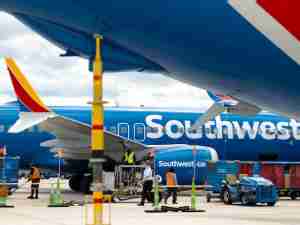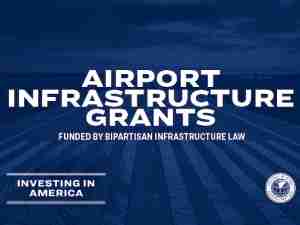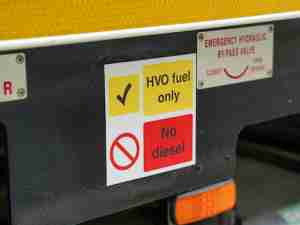American Airlines’ Profit-Margin Outlook Called ‘Uninspiring’
By: | Oct 20 2016 at 02:55 PM | Air Cargo
American Airlines Group Inc.’s fourth-quarter forecast for pretax profit margin fell short of analysts’ expectations, generating caution among investors who had celebrated upbeat comments by other major carriers during the last week.
The world’s largest airline said pretax income, adjusted for special items, would be 4 percent to 6 percent of sales in the last three months of the year—a projection JPMorgan Chase & Co. analyst Jamie Baker called “uninspiring” since it would put American at the bottom of the industry. The measure ranged from 13 percent to 15 percent in the year’s prior quarters.
A glut of flights and seats has knocked fares down and put the U.S. airline industry on track for the biggest stock decline in five years. Revenue for each seat flown a mile will fall 1 percent to 3 percent in the fourth quarter, American said, frustrating expectations that persistent declines in the benchmark known as unit revenue might stop soon.
“It was probably a little softer than what people were expecting,” Joe DeNardi, an analyst at Stifel Financial Corp., said in an interview.
Shares of American dropped 0.5 percent to $40.44 at 2:09 p.m. in New York, after declining as much as 3 percent. United Continental Holdings Inc. rose 1.2 percent while Delta Air Lines Inc. advanced less than 1 percent.
Limiting Growth
American will limit capacity growth in 2017 to 1 percent, joining Delta in taking steps to help shore up fares. American also followed United in saying it was seeing signs of a rebound in pricing power.
American’s earnings excluding some items were $1.76 a share, topping the $1.69 average of analyst estimates compiled by Bloomberg. Sales totaled $10.6 billion, the Fort Worth, Texas-based carrier said in a statement Thursday. Analysts had predicted $10.5 billion.
American’s margin outlook fell short of the 6.3 percent expected by analysts, according to Savanthi Syth of Raymond James Financial Inc. The airline’s chief executive officer, Doug Parker, resisted suggestions his carrier might be stalled at the bottom of the industry on that basis.
“I expect what you’ll see in 2017 is us do better than our competitors in terms of year-over-year margins,” he said on a conference call.
Last-Minute Tickets
American said its unit-revenue performance was being helped by growth in Latin America, led by Brazil and Mexico. In the the U.S., pricing has stabilized and yield, or average fare per mile, has climbed on tickets purchased just before travel.
Total revenue from each seat flown a mile in the third quarter slipped 2.2 percent from a year earlier, and is expected to fall 1 percent to 3 percent in 2016’s final 90 days. The measure should turn positive in 2017’s first half, President Robert Isom said.
“We’re encouraged by the trends,” Parker said. Third-quarter unit revenue was “‘better than we’ve seen in terms of a decline in recent quarters and better than our competitors are seeing.”
American’s preliminary plans for next year call for unchanged capacity in domestic markets, where fare wars with discount carriers during the past 18 months have held down ticket prices. International routes would see 3.5 percent growth.
Labor Costs
Investors have been pushing airlines to pull back on adding seats or flights to tighten supply and give them more pricing power. American trimmed its initial 2016 plans at least twice during the year, and now sees 1.5 percent expansion.
Labor costs at the carrier during the quarter rose 15 percent as American boosted average pay 22 percent for 30,000 mechanics, baggage handlers and other workers. The surge wiped out the benefit of a 13 percent drop in spending for fuel.
American said it expects jet-fuel prices to be higher through the rest of 2016, rising on an annual basis for the first time since 2014. Still, for this year as a whole, the carrier will spend $1.2 billion less on fuel than in 2015.
American plans a review of its operations next year to eliminate redundant jobs, equipment and other resources from its 2013 merger with US Airways. The carrier expects to trim jobs through attrition and possible early retirements while avoiding layoffs, Parker said. It’s too early to say how many jobs will be affected, he said. The airline has about 101,200 full-time equivalent employees, excluding regional affiliates.









